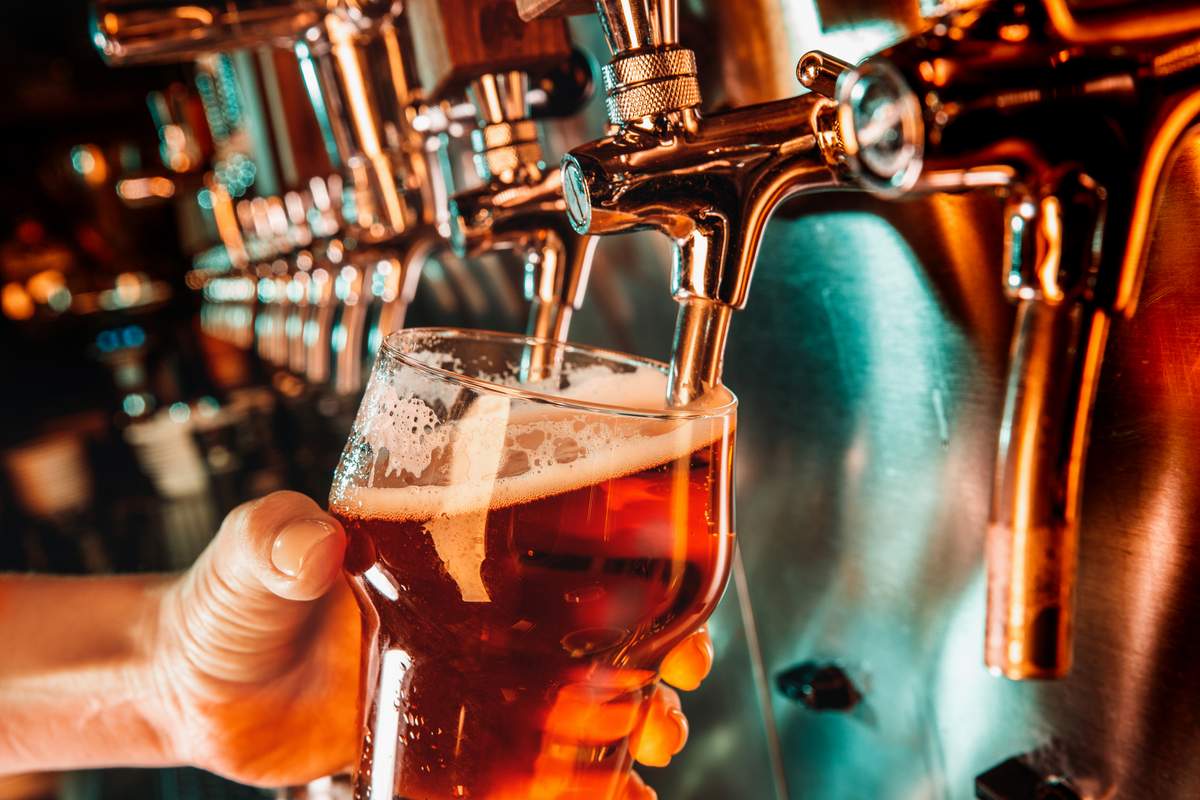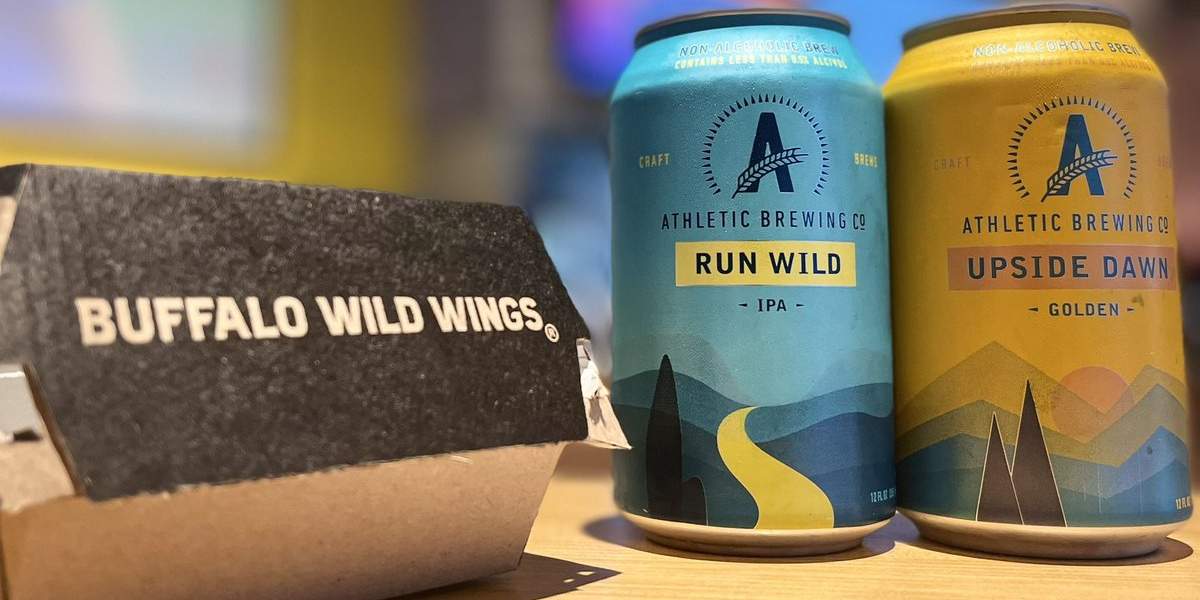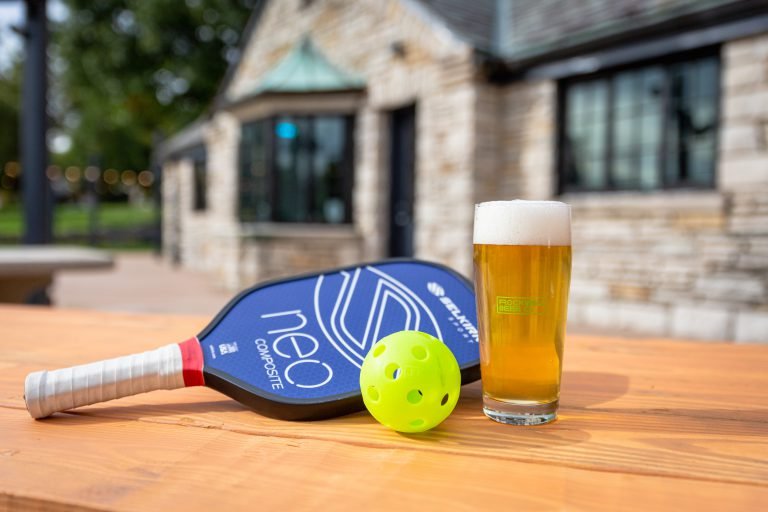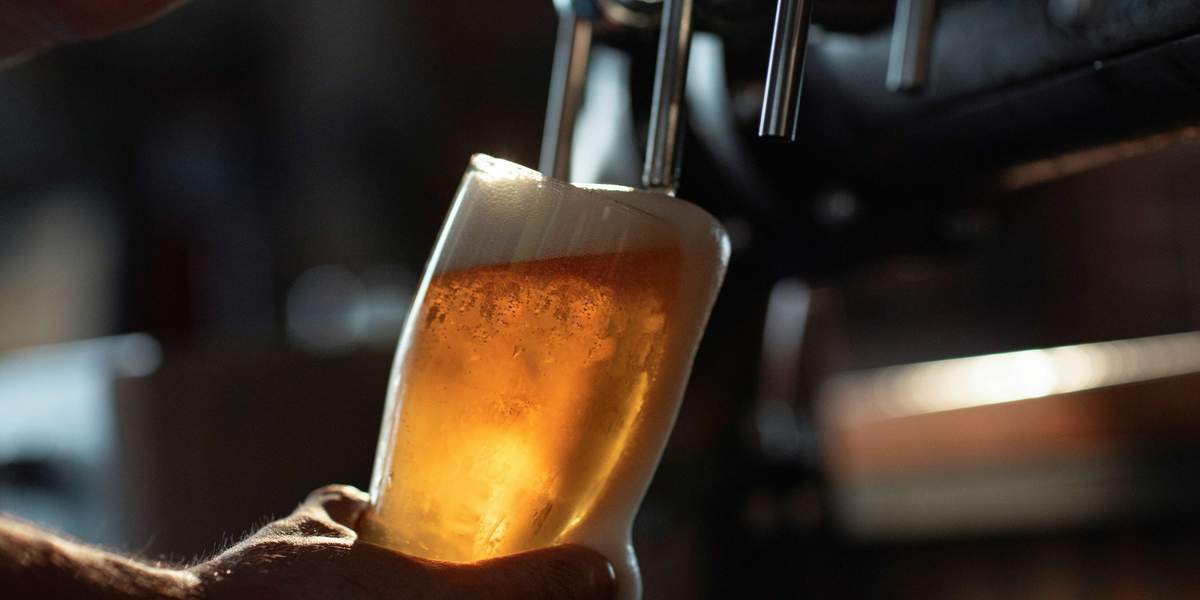
The U.S. on-premise market, where drinks are consumed at bars, restaurants, and nightclubs, is showing intriguing shifts, according to the latest On Premise Measurement (OPM) data from CGA by NIQ. Despite challenges from new beverage categories, beer continues to hold the crown, representing a substantial 40.5% of beverage alcohol sales in the 12 months ending November 2024.
However, the data reveals some interesting dynamics. Ready-to-drink (RTD) beverages are rapidly gaining traction, growing their market share by 0.4 percentage points year-over-year. While beer dominates, the growth of RTDs — particularly in high-energy venues like bars and nightclubs — signals evolving consumer preferences. As the market sees spirits and wine losing ground, the competition in the on-premise segment is heating up. From the report:
Matthew Crompton, CGA by NIQ’s Vice-President: On Premise-Americas, said: “The Beer and RTD categories enters 2025 riding a wave of positive consumer interest with share gains at the end of 2024, and there will be rich opportunities for further growth in the coming months. While RTDs remains a relatively small element of total BevAl sales, the convenience and portability of these products are starting to lure guests away from other options—especially in high-energy venues like bars and clubs. Innovation and the promise of new tastes and ingredients is accelerating take-up, but this is also becoming a very competitive space for brand owners. As spirits and wine lose market share, tracking consumers’ latest preferences is going to be vital to maximizing potential in this dynamic market of drinking-out.”
RTDs on the rise in high-energy venues
RTDs grew 0.6 percentage points in nightclubs and 0.5 percentage points in bars, according to the CGA by NIQ data, showing the appeal of their convenience and portability. Although still a small part of the overall beverage alcohol market, RTDs are becoming a competitive force. Their rise is attributed to innovation, with new flavors and ingredients attracting a younger, trend-conscious crowd. With spirits and wine declining, operators are increasingly turning to innovative options like RTDs to satisfy the demand for convenience and new experiences. As RTD sales grow, so does competition among brands, making it essential for suppliers to stay attuned to ever-changing consumer preferences.
Non-alcoholic beer sees explosive growth on premise

One standout trend within the beer category is the success of non-alcoholic beers. According to a CGA by NIQ report from last year, the non-alcohol beer segment saw an incredible 33.7% growth year-over-year on premise, outpacing traditional beer sales, which dropped by 2.9% in the same period. This marks a significant shift as consumers embrace the moderation trend. The rise of non-alcoholic beer is driven by a growing demand for healthier drinking options. Consumers are increasingly seeking flavorful alternatives to traditional alcohol, and non-alcoholic beers are filling that gap. Pale lagers, the most popular style, still dominate the segment, but non-alcoholic IPAs and stouts are gaining ground, with sales surging by over 170% for IPAs and 130% for stouts.
Craft brewers innovate to enhance on-premise experiences

The data from CGA by NIQ underscores a broader trend: innovation in the craft beer space is not only about product development but also enhancing the on-premise experience. This Brewers Association (BA) 2024 recap highlights how craft breweries are responding to slowing growth by doubling down on hospitality and taproom innovation.
In 2024, the craft beer sector continued to experiment with new offerings to attract consumers to their venues. While brewery openings outpaced closings in 2024, the decline in production was marked by breweries shifting their focus. Instead of pushing for constant innovation in beer styles, many are focusing on enhancing the customer experience — introducing new dining options, offering cocktail selections, and providing family-friendly environments.
Embracing innovation and consumer preferences

The latest CGA by NIQ data paints a clear picture: beer continues to dominate in the U.S. on-premise market, but RTDs and non-alcoholic beers are carving out significant niches. As the market evolves, craft brewers must stay ahead of changing consumer preferences by embracing innovation in both product offerings and hospitality experiences.
By expanding their taproom experiences, diversifying their portfolios with non-alcoholic and low-ABV options, and creating welcoming environments for all types of consumers, American craft breweries can tap into the growth opportunities emerging in the on-premise market. Whether it’s through unique brews or enhanced guest experiences, the future of craft beer is not just about the liquid in the glass, but the experience it delivers to the customer.





Leave a Reply
You must be logged in to post a comment.